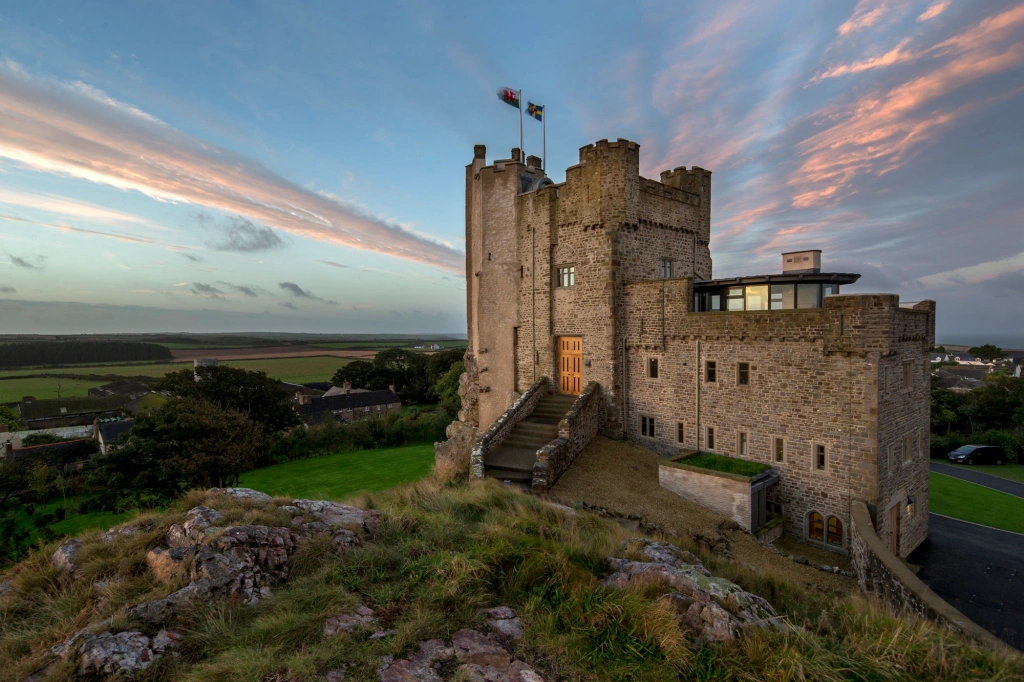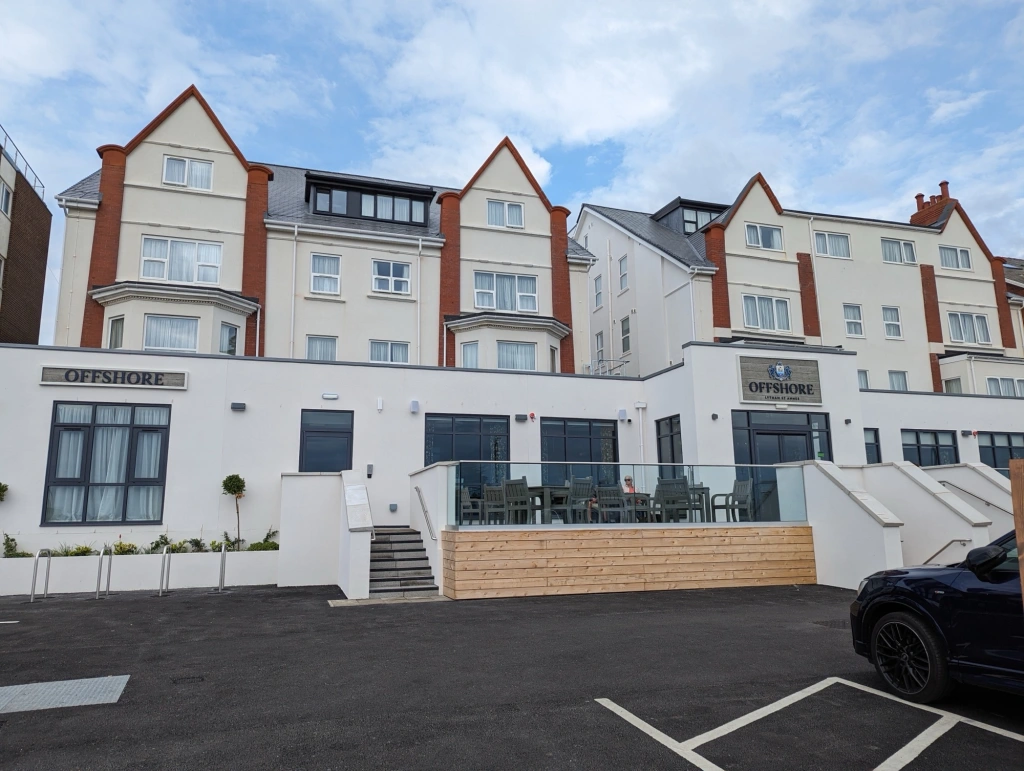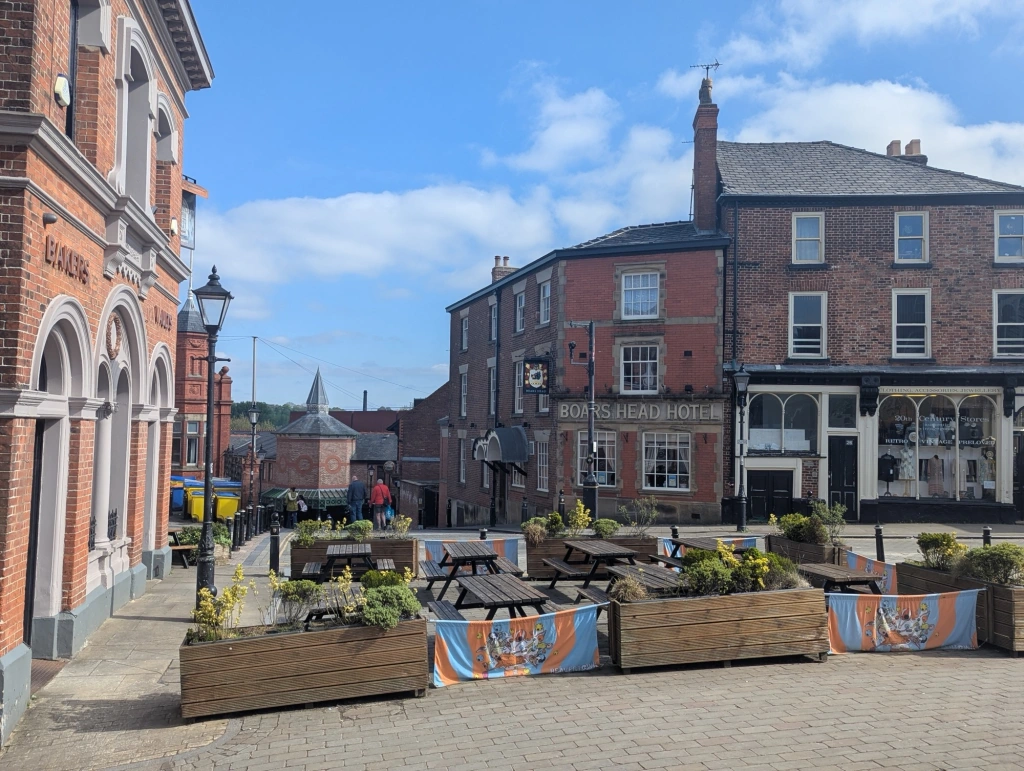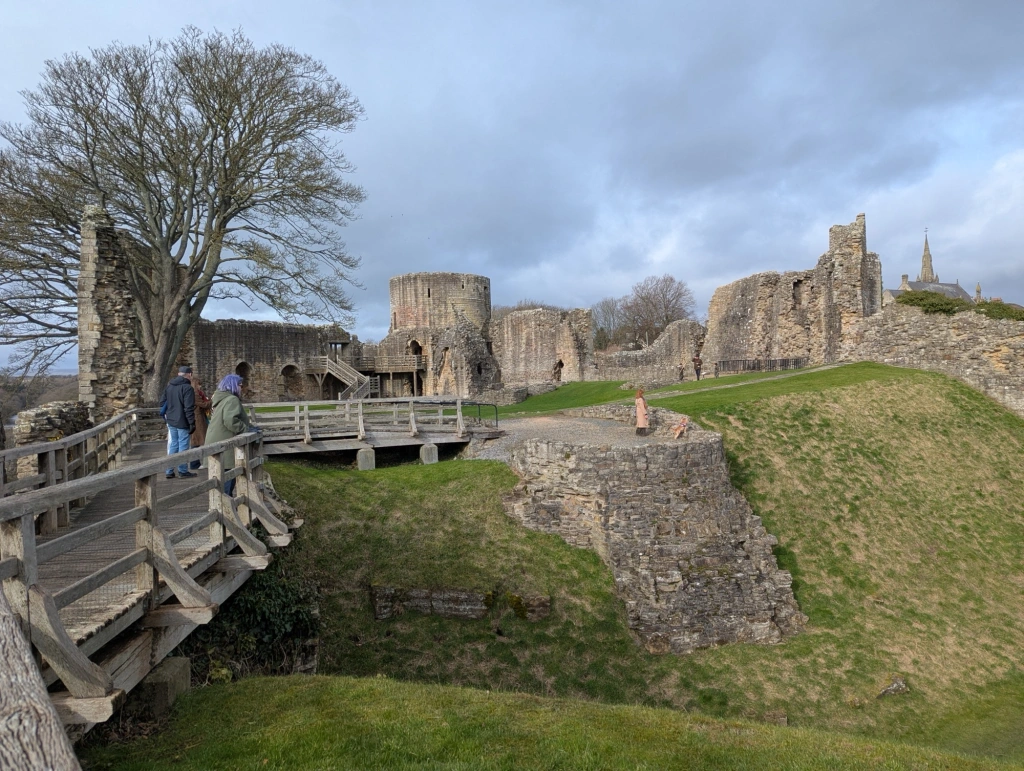Roch Castle is a luxury hotel located nine miles from St. Davids in Pembrokeshire. The castle dates back to the late 12th century having been built by Adam de Rupe, a Norman knight and is just one of a few inhabited castles of its age in the United Kingdom.
It was later re-built as a private residence in the early 1900’s when former Prime Minister David Lloyd George was a frequent visitor. Fast forward to 2013 when it was totally refurbished by the Retreats Group into a six bedroom five star hotel.
Getting there:
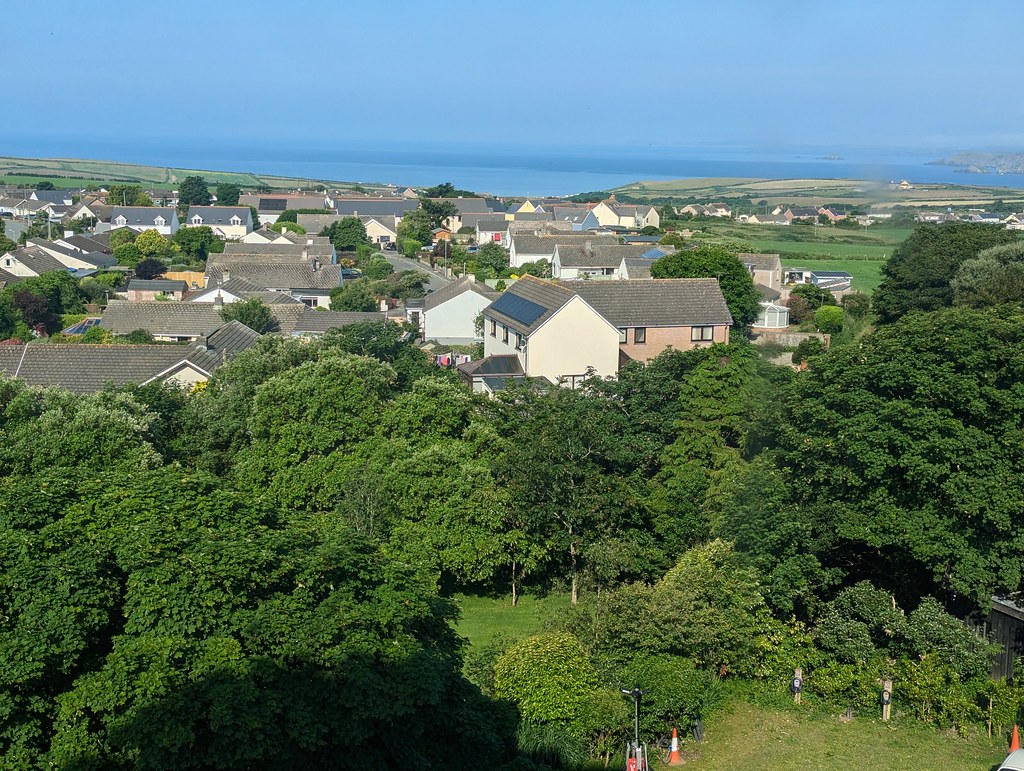
Take the A40 to Haverfordwest and after four miles follow the A487 to Roch. Along this road there are signposts to the castle. For guests arriving by public transport the nearest railway station is at Haverfordwest.
Arrival and check-in
Check-in is between 4.00 and 7.00 p.m. and it was around 5.00 p.m. by the time we arrived at the entrance to the castle grounds. After passing through the wrought iron gates we followed the sweeping drive up to the castle itself.
There was ample parking and after unloading our luggage from the car we carried it up a short flight of stone steps to the castle’s large oak door. Adelé was there to greet us and after a swift check-in we were given a tour of the public rooms and handed a booklet to read on the castle’s history.
The room:
Rooms are accessed by a winding spiral staircase with small nooks set into the thick walls where guests can sit and read. We had been booked into the Ap Gryffydd room located mid-way up the castle and it felt just like stepping into a fairytale to be spending a night in such a beautiful setting. The room had been tastefully styled enhancing its original stone features with everything working together perfectly.
The large room had high ceilings, taupe painted walls, wooden floors and a pair of leather armchairs positioned by the ancient castle windows to take in the spectacular views. It might be a very old castle but it has been insulated extremely well and with no draughty windows or doors we were warm and snug throughout our stay.
The king size bed was dressed in the finest Egyptian cotton and a Welsh welcome of flower petals had been placed on the duvet which was a lovely touch. Other welcome treats included a packet of Welsh fudge and a handwritten card from Adelé and the team wishing us a comfortable stay. The room had ample storage space, a well stocked hospitality tray with both a kettle and an espresso maker, delicious melt in the mouth Welsh shortbread along with bottles of fresh milk and water in the fridge.
The luxurious bathroom boasted both a deep bath and a separate shower, fragrant aromatherapy toiletries, fluffy bathrobes and slippers.
Dining:
Having only six rooms, Roch Castle does not serve dinner but taxis can be arranged to the Blas Restaurant at the castle’s sister hotel, Twr y Felin over in St. Davids a 20 minute drive away. The restaurant offers contemporary dining carefully sourced from predominantly Pembrokeshire and Welsh suppliers.
The restaurant is home to art works that are part of a collection housed within Twr y Felin Hotel, Roch Castle and Penrhiw Priory. There are over 250 original artworks, which were specially commissioned to create works inspired by the spectacular landscape of the St Davids Peninsula and the Pembrokeshire Coast National Park.
Breakfast is a relaxed affair with friendly staff who are happy to chat and is served in one of the castle’s former banqueting halls. Just like the bedrooms, the contemporary decor contrasts beautifully with the ancient surroundings.
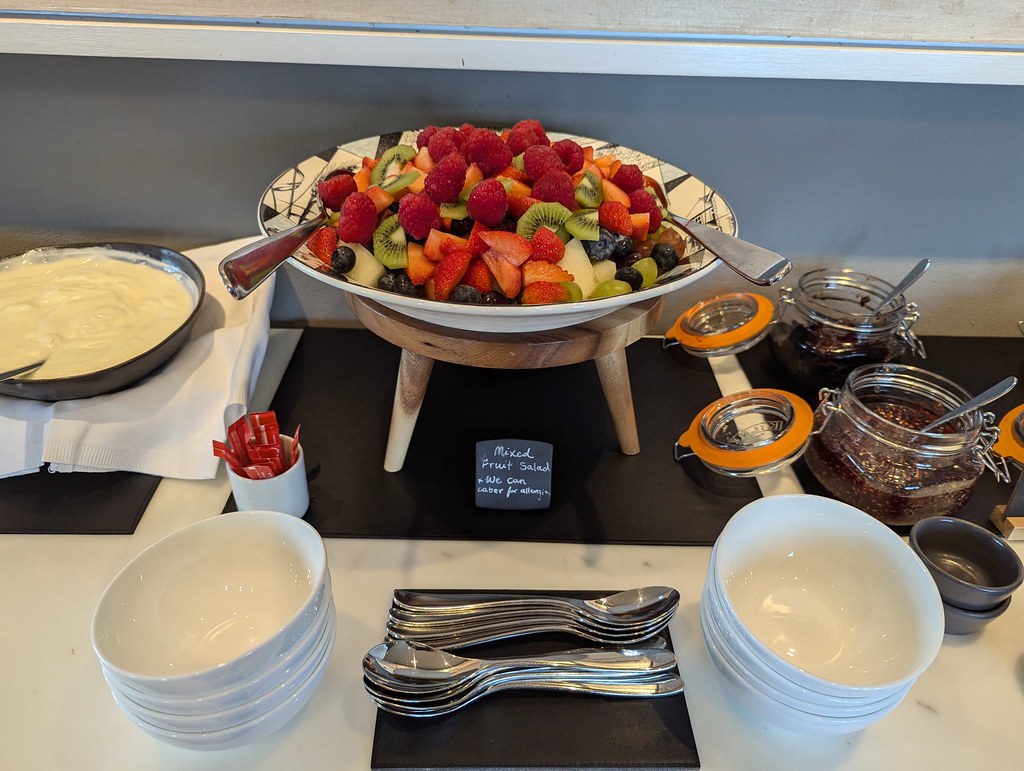
A table had been laid out with bowls of fresh fruit, granola yoghurts, honey etc. and after enjoying these we ordered full Welsh breakfasts from the menu which were cooked to perfection with our preferred choice of eggs. The cooked dishes were accompanied with a bowl of laverbread, a Welsh delicacy I hadn’t come across before. It’s made from laver seaweed, sea salt and water and our waitress reliably informed us that it’s delicious spread on toast, and indeed it was.
The Facilities:
The Court Room – this is the main sitting room and features commissioned ceramics in the form of statement vases and a wall hanging tapestry depicting the castle’s history. Coffee table books of the Pembrokeshire coast and history of the area are interesting to pick up and browse whilst relaxing after a day’s sightseeing.
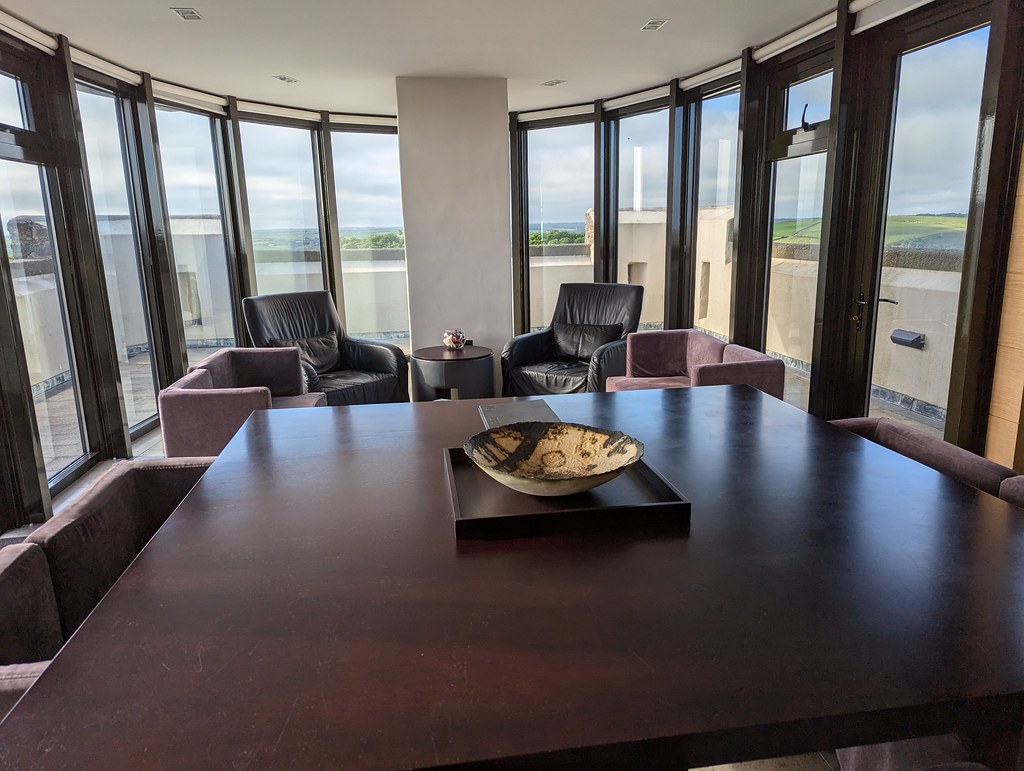
The Sun Room is located on the 2nd floor and is a more recent addition to the castle. Living up to its name, the sun room has floor to ceiling windows leading onto an outdoor terrace with panoramic views of the surrounding countryside and the stunning Pembrokeshire coast. There’s a large central table which could be utilised for family gatherings or meetings and I’m led to believe that viewing the sunset from here is magical although we didn’t get to experience one ourselves.
On one side of the room is an honesty bar where guests just need to note in a book what they have taken. There’s a range of wines, beers and spirits to choose from along with tasty snacks of Welsh crisps and chocolate. A Nespresso maker and kettle is also provided enabling guests to make their own complimentary drinks both here and in their bedrooms.
Adjacent to the sun room is a stylish lounge with a large television discretely hidden away in a cupboard, squashy sofas, a log burning stove to cosy up in front of on cooler evenings, board games to play and more books on Wales.
Outdoors – with 12 acres of gardens and woodland to explore there’s plenty to do without needing to go far but if you have a car and are interested in exploring the surrounding area then I suggest the following.
Out and About:
St. Davids:
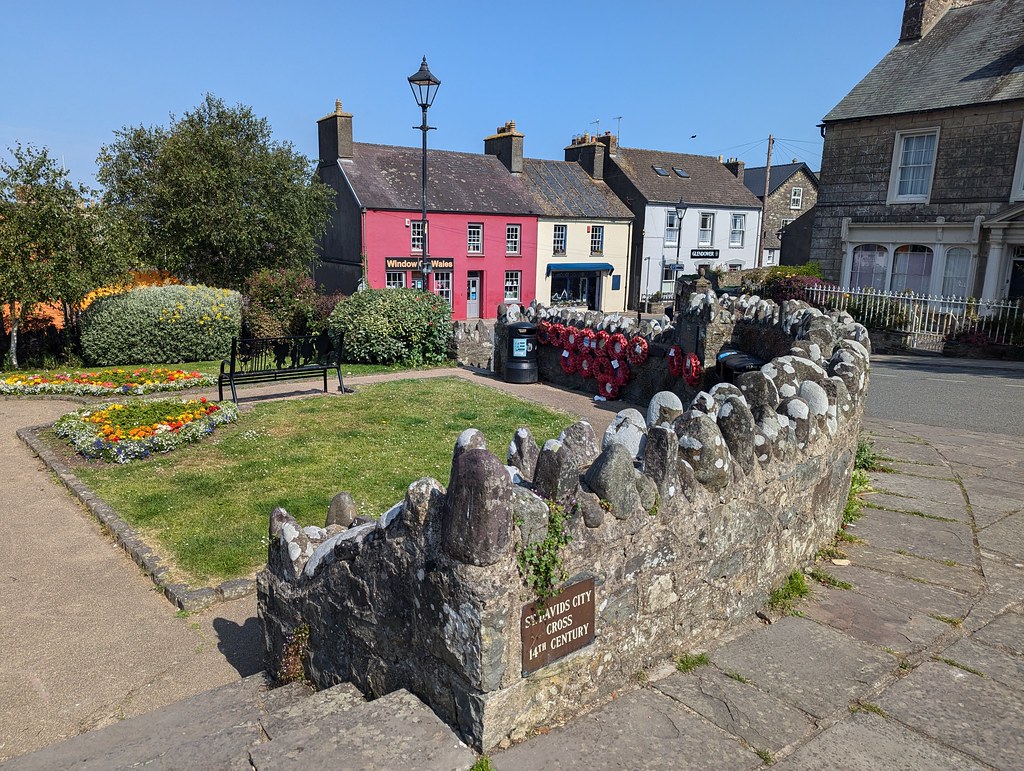
St Davids is named after the patron saint of Wales, Saint David. It is the smallest city in Britain with a population of just over 1,600 and was awarded city status in 1995 although the roots of St Davids go back to the 5th century when St David himself lived here. The city was designated as a conservation area by the Pembrokeshire Coast National Park in 1972.
Oriel y Parc National Visitor Centre and Gallery
I suggest beginning your visit to St. Davids by spending time in the Oriel y Parc. The award winning building is run by the Pembrokeshire Coast National Park Authority serving as its visitor centre. It is also the Pembrokeshire home of the Museum of Wales with a gallery exhibiting art and artefacts that is free to visit. At the time of writing, finishing touches were just being made to an exhibition on ‘Courage and Community’, celebrating 200 years of the Royal National Lifeboat Institution (RNLI). With six lifeboat stations and 13 RNLI lifeguarded beaches along Pembrokeshire’s beautiful but hazardous coastline visitors can learn more about how the charity is dedicated to saving lives at sea. The exhibition will continue until 1st June 2025. Also to be found at the visitor centre is an Artist in Residence Tower, gift shop, cafe and e-bike hire. Oriel y Parc
Wander the streets of the U.K.’s smallest city
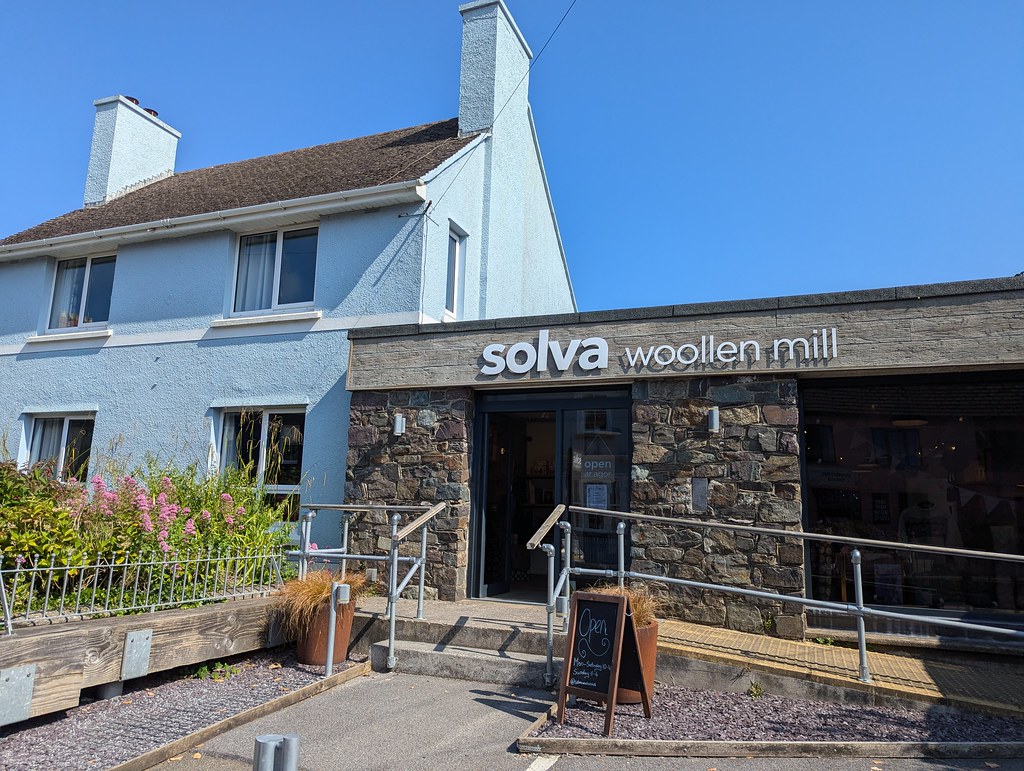
Clustered around the old Stone Cross are a selection of quirky small shops and cafes. From small independents including Solva Woollens and Basalt and Dune to high street favourites such as Crew Clothing, the tiny city centre’s sloping streets are an absolute delight.
Enjoy lunch at the Really Wild Emporium
Enjoy lunch along St. Davids high street at The Really Wild Emporium. Sustainability is the heart of the business with the interior boasting original stained glass windows, wooden floors, quirky lighting and a corrugated iron counter with nothing looking out of place. The ethos of the restaurant is fresh, local and wild utilising locally grown ingredients from the land and sea. We opted for savoury crab pancakes and bowls of fresh mussels which were divine accompanied by glasses of local Pembrokeshire gin. Upstairs there’s a shop where you can buy a selection of their natural soap and skincare products all focussed on Pembrokeshire’s natural resources. Also on offer are popular foraging courses from Beginners Hedgerow through to Seashore. The Really Wild Emporium
St. Davids Cathedral
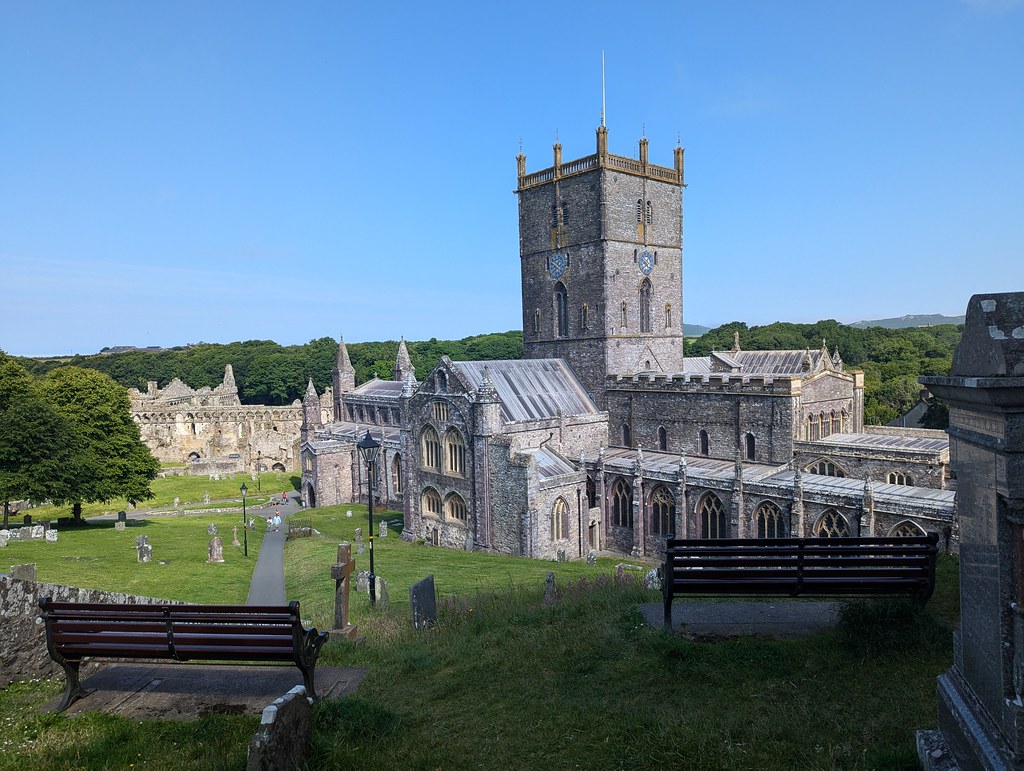
The magnificent Cathedral at St Davids dates back to the 12th century, although several older cathedrals were built before that on the same site. Unfortunately, St Davids was prone to Viking attacks, being so close to the sea and the older structures were destroyed.
The cathedral we see today was constructed from dusky purple sandstone and is one of Wales’ most iconic religious sites, located in a sheltered valley beside the River Alun. View St. David’s Shrine, a magnificent organ, the 15ft high gatehouse and bell tower, stunning stained glass, ornate ceilings, a treasury and library.
St. Davids Bishop’s Palace
This magnificent medieval palace was created by Henry de Gower, elected bishop of St. Davids, who had a passion for architecture. Henry turned a building fit for ‘servants and animals’ into a palace, hosting feasts and welcoming distinguished pilgrims in the showy great hall. The Gothic ruins of the Bishop’s Palace lie on the opposite bank of the river to the cathedral and provide a suitably dramatic backdrop for open air theatre performances during the summer months.
Boat trip to Skomer Island
From St. Davids it’s just a 12 minute drive to St. Justinians from where boats depart to Skomer Island. There’s a £4 fee for the car park and as it’s cash only do remember to bring along some coins.
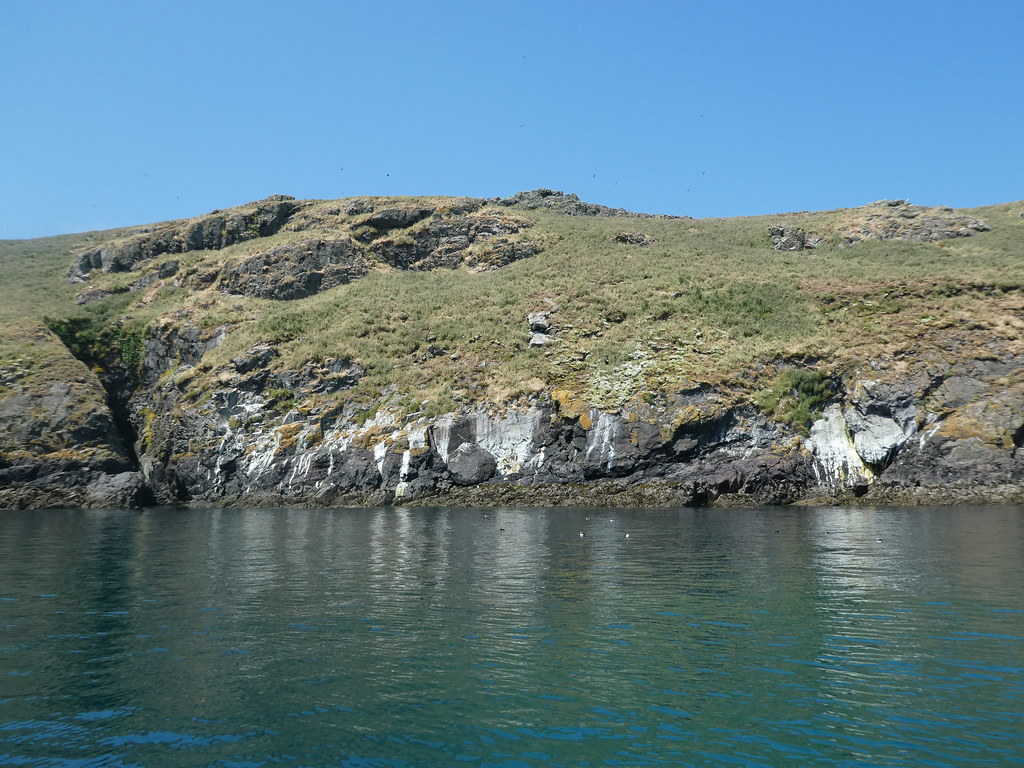
We took a two hour cruise to Skomer Island which had been arranged by Preseli Ventures in partnership with local boat trip activity provider Voyages of Discovery. Preseli Ventures offer a wide variety of outdoor activities across Pembrokeshire from coastal boat trips, kayaking, coasteering, SUP and canoeing to land based rock climbing, walking and rock pool safaris.
Between the months of April and July, Skomer Island is home to thousands of nesting seabirds including 42,000 puffins and 350,000 breeding pairs of Manx Sheerwaters and with our visit perfectly timed in June we couldn’t miss the opportunity of some spectacular bird watching. Whatever the weather, it can be quite cool as you travel on a fast moving RIB. so bring along a jumper or fleece with waterproof coats being provided if needed. Tours have a full live commentary by a skilled ornithologist and are highly recommended.
Solva
A short drive from St. Davids lies the picturesque harbour village of Solva. At high tide the beach is a narrow strip at the head of the inlet whilst at low tide the harbour is completely dry with the exception of a stream running down the middle. It’s a delightful place for a stroll and a walk around the quaint village, followed by a drink and a bite to eat whilst watching the small boats bob up and down in the turquoise water.
Porthgain
Porthgain is a small coastal hamlet on the north coast of St. Davids Peninsula, 20 minutes drive from St. Davids Porthgain means ‘Chisel Port’ in English with the chisel representing the quarrying that once took place there. This small commercial harbour that was used for exporting stone from the nearby quarry is now a delightful tourist centre located in the heart of the Pembrokeshire Coast National Park.
Down at the harbour is The Shed which was once the machine shop for the engines that operated the brickworks in Porthgain. This unpretentious seafood restaurant has won numerous awards in recent years including the AA Wales Seafood Restaurant of the year. It serves up the freshest fish and chips imaginable. Dine indoors or purchase a takeaway and sit on the harbour wall admiring the view. The Shed, Porthgain.
Overall:
It’s not every day that you get to stay in an authentic castle and it felt very special indeed. From the moment we arrived we were made to feel very welcome and everything had been thought of to ensure we enjoyed a relaxing stay. If you are looking to celebrate a special occasion I can’t think of anywhere nicer and with the charming small city of St. Davids just down the road this part of Pembrokeshire is absolutely divine.

